

In pre history our ancestors painted these swimmers on a cave wall, in an environment of lakes and rivers. A watery blue/green landscape. 8000 years and a climate U turn later, this Cave of Swimmers is situated in the Gilf Kebir plateau in the Sahara Desert. In a dry ocre and sand coloured landscape.
I feel a kinship with these little figures. Their bodies, supported by the uplift of water, able to move nimbly. Experiencing a freedom only sensed in water. They are kicking their legs like amphibians. Creatures of both water and land who, with a frog’s eye perspective and a vanishing point so, so far away, experience the world as immeasurable, joyful and endless. They are having fun.
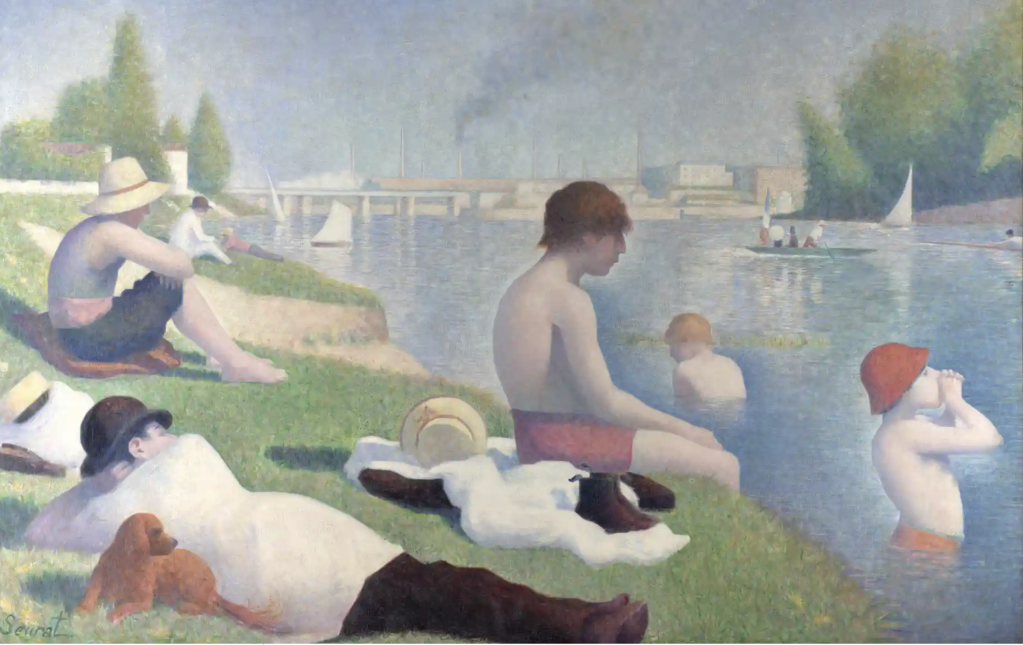
One hundred and thirty two years ago Seurat painted these bathers. Relaxing at the edge of the Seine. A popular topic of the day. Rivers were free for all, as bathing/playing and washing places. When hot and dusty, you stripped and took a local dip. Easy. The bathers look at the water and seem contemplative. In the background, rigid verticals of chimneys are staking out the beginning of the Anthropocene. The sky covered by bricks. Water forced back by quays. Near the dockside the river has become inaccessible for human use. A pall of smoke drifts over the heads of the bathers.
Seurat as a master of pointillism paints, using small dots of colour. These small dots of paint pinpointed in contrasting colours, separate the various shapes. Body/ water/ sky. I am interested in the shape between the dots of colour, invisible to our eyes. These invisible forms give us a narrative of a connection between all things. Correlation carried by the woven linen of a painter’s canvas. Our bodies intrinsically entwined with other life forms, with air/water/oxygen and with matter unleashed by human activities.
The connection between water and body is very literal during sea swimming. The high salt concentration in the sea will draw water out of our bodies through osmosis. Our skin a semipermeable membrane. Tiny openings between the cells, like pointillism. Vulnerable and sensitive.
This summer when swimming across the river Blackwaters, Essex, the process of osmosis was tangible. My mouth became salty and dry. A gritty thirst settled in the back of my throat like it was painted with desert sand.
With every crawl, brushing the water with my fingertips, stretching, grabbing water, pulling back, propel, head turned, gaging the wave, taking a saline breath, I saw, Bradwell A’s decommissioned cladded Power station. My frog’s eye vanishing point arrested in its trajectory. I fantasize about the future what will this landscape look like in 8000 years time. Will a future wimmer swim over a cladded Bradwell B? Will this swimmer know it’s there? What will be absorbed through osmosis, how vulnerable will we be?


The rigid verticals of industries are seen everywhere in Essex. Land reclamation: rows of stakes. Shallow water: withies. Fishing grounds: buoys and stakes. Electricity production: windmills, pilons. Sailing industry, masts. Nuclear Power Station: block of vertical cladding. Baffle wall: metal verticals. Whatever their size or the material they are made out off, they have one thing in common. They stand perpendicular to the horizon, contrasting the horizontal stripiness off the Essex coast. Static against a shifting landscape.
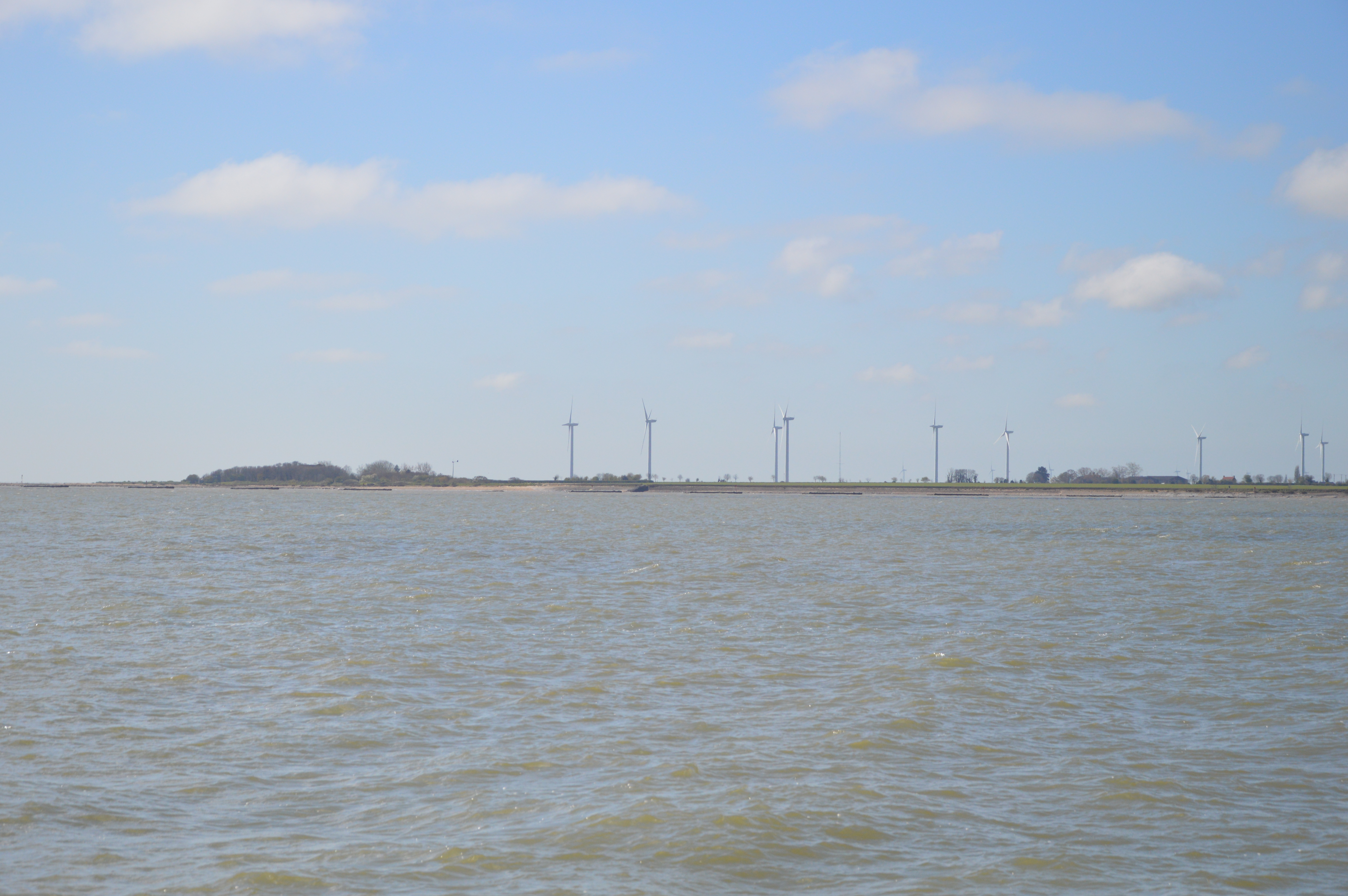




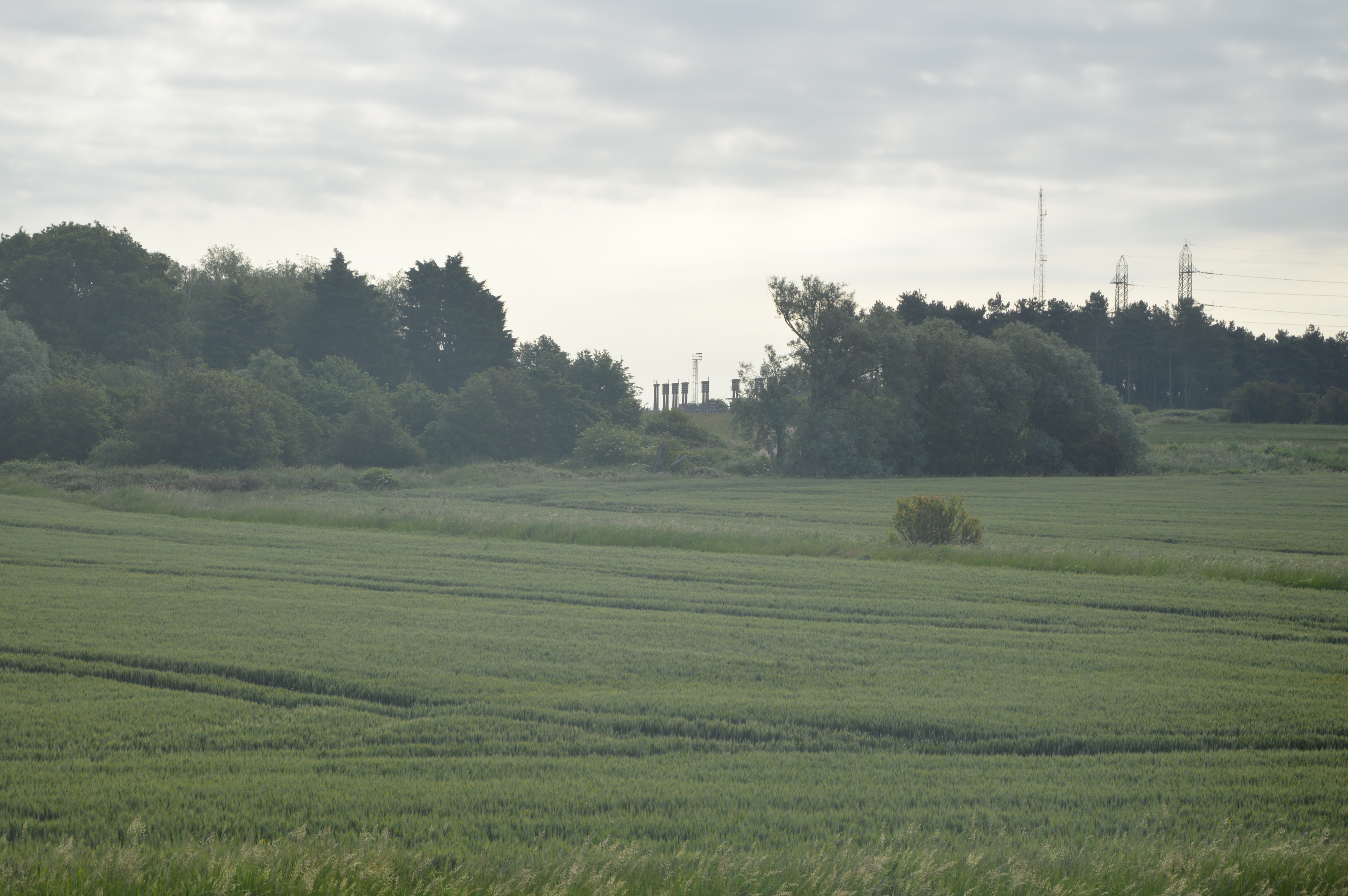
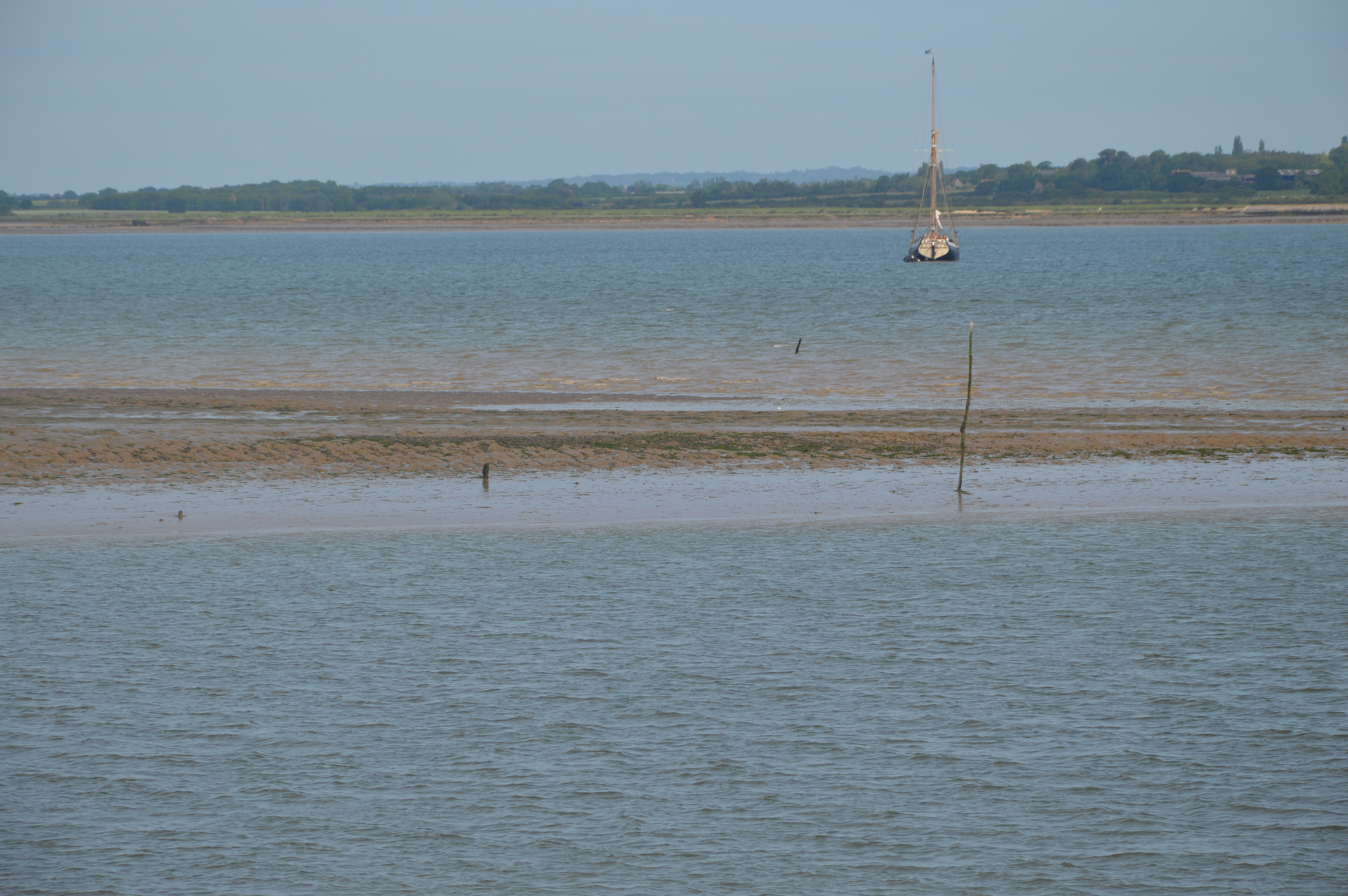


Staking out or colonising, something as fluid as muddy marsh land or riverbeds requires hard labour. You need to really want to do it. The Saxons required fish for their economy. The fish trap below is staked out in a v shape to catch fish trapped by the retreating tide. Twice we kayaked to Pewit Island just North of Bradwell Marina to try and find this fish weir. We had no success, the shape shifting sand and mud have over the years hidden it from view. Some scholars use the disappearing of fish traps to measure sea level rise. To keep tabs on the speed of the U turn our climate is making.


The stakes in the estuary hinder swimming. Barnacles settle, with their rock-hard jagged edges, they can razor rake your limbs. Rubbish gathers around the base of the stakes. Glass and broken tiles. Nets, fishing lines with hooks tangle themselves around the posts, swaying under water. Invisible. ‘No’, I answered a friend once, ‘I am not worried about jelly fish. I am worried about fish nets , lines and hooks’. As a swimmer I have a map of the stakes in my mind. Whilst swimming I avoid the stakes or i swim over them as horizontally as I can. I think of the seals, how do they manage? This colonising of the river and the river edges closes the coast for spontaneous recreational use. Where in Essex can you strip and take a local dip?

In July this year I swam from Weymarks Beach, to our anchored sailing boat. I had been away for the weekend and decided to swim and sail home instead of driving. My possessions in a waterproof swim float. Swimming as a mode of transport. Liberated of car use I thoroughly enjoyed this swim. Maybe that is what the swimmers from Gilf Kebir were doing, using swimming as a mode of transport. Perhaps visiting relatives on the other side of the lake.
Weymarks beach is one of the few beaches near the Power station where it is possible to play in the water. Not many stakes and a good depth even when the tide is out. Boats can be anchored and the beach is wide enough for beach play. People come for the day. I have used this beach for the last 25 years. This beach and the adjacent footpath will be closed for at least a decade if Bradwell B , a new much larger nuclear powerstation goes ahead.
After the swim, once dried and in the cabin, of our boat, I check the chart. I notice a designated bathing area marked on the chart from St. Peter’s chapel, past the Thames lighters all the way past the Nuclear Power Station to Pewit Island where the Saxon Fishweir is no longer visible.

Whilst looking at the chart I remember a paragraph in the Bradwell B public consultation brochure.

From Bradwell B online public consultation 2020
Our damp slightly crumpled chart versus the sleek Bradwell B brochure. Why was this bathing area not recognized in the brochure? I can think of all sorts of answers to that question. I suspect it has a lot to do with staking out a territory.
A story floats around the edges of this River. Oyster man used to claim ownership of oyster beds by positioning stakes around the oyster beds. During the black nights of the river the competition used to move the stakes.

I was, in 1998 still in possession of a 35mm mirror reflex camera. I can remember the weight in my hand and the smell of the chemicals in my dark room cupboard. I took a series of photographs of the stakes around the Thames lighters at Sales Point. The debris clearly visible around the posts.












The Arts council grant is giving me the time to dig out these images and connect them to my current experiences in that same landscape. Add to that the archival research from the last few years, the discussions with members from the Nuclear Culture Research group, with scientists working in this area and with members of the Othona Community who have used this area and the river to swim in for 75 years. It’s a challenging task to make sense of all this information and to formulate an art practice around this all, as even a relatively small area of coast line seems to be packed with meaning, interpretations, cultural ideas, personal memories and industrial ownership.
In August this year a group known to me as the MA peeps (MA Sculptural Practice student group 2016, Essex University) came to see me in the Art Studio at Othona in Bradwell on Sea for a discussion about my work. I value their input and encouragement. Thank you.
With thanks to the Othona Community for the use of their fantastic Art Studio. https://www.othonaessex.org.uk/










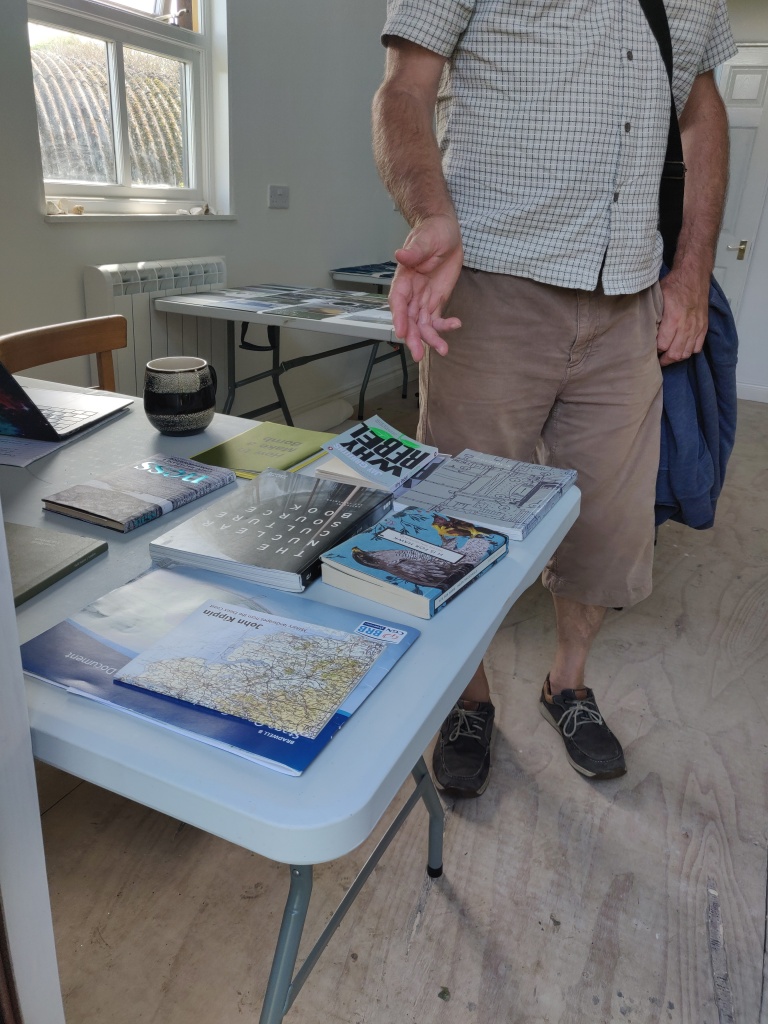

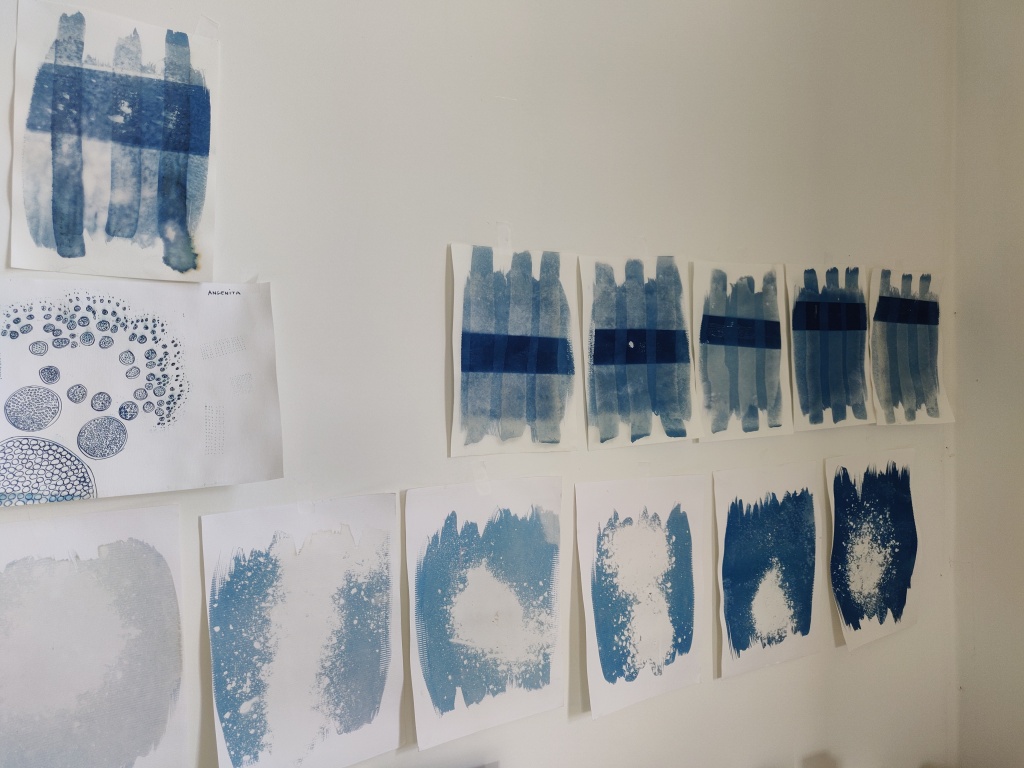

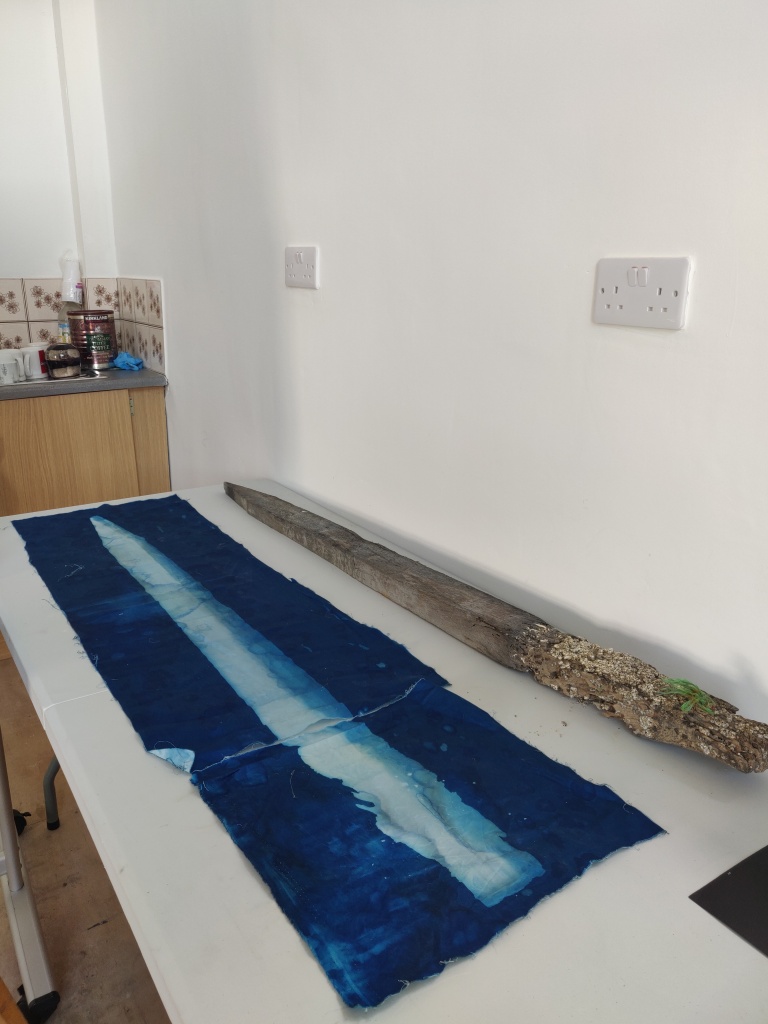
















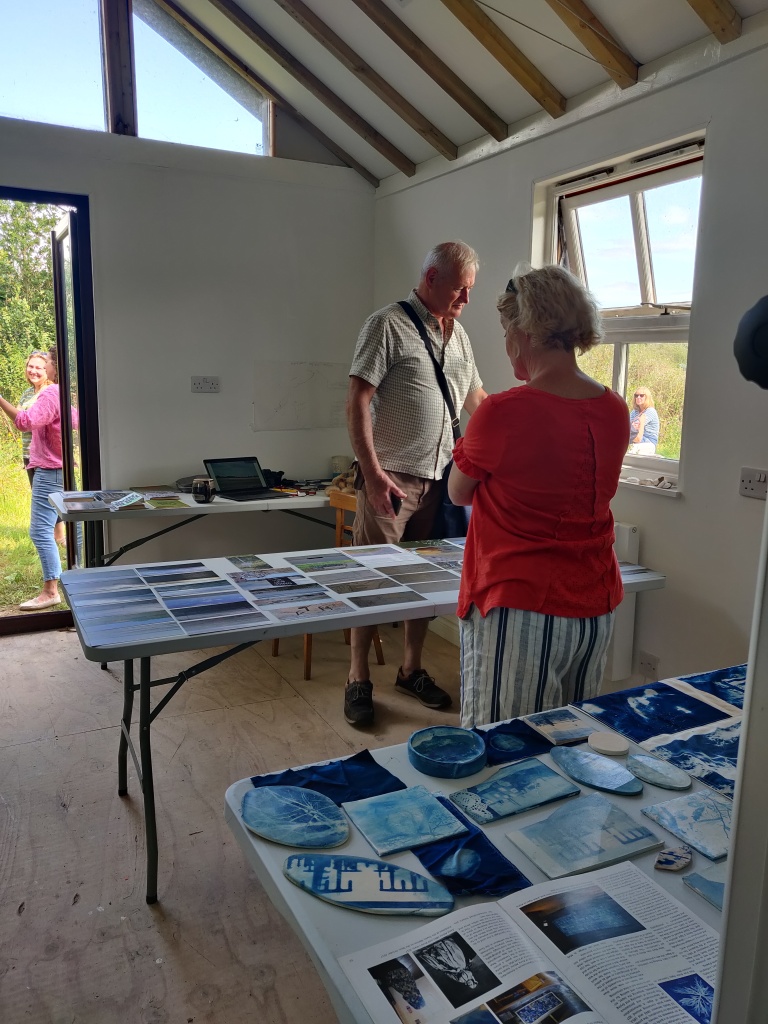





Thank you for linking up.
LikeLike
Reblogged this on naturegirl and commented:
Great blog by Angenita on her project to explore the blackwater estuary by swimming, kayak and sail and her research on the left over remains of the Nuclear Power Station Bradwell A.
LikeLike
Thank you Carol
LikeLike